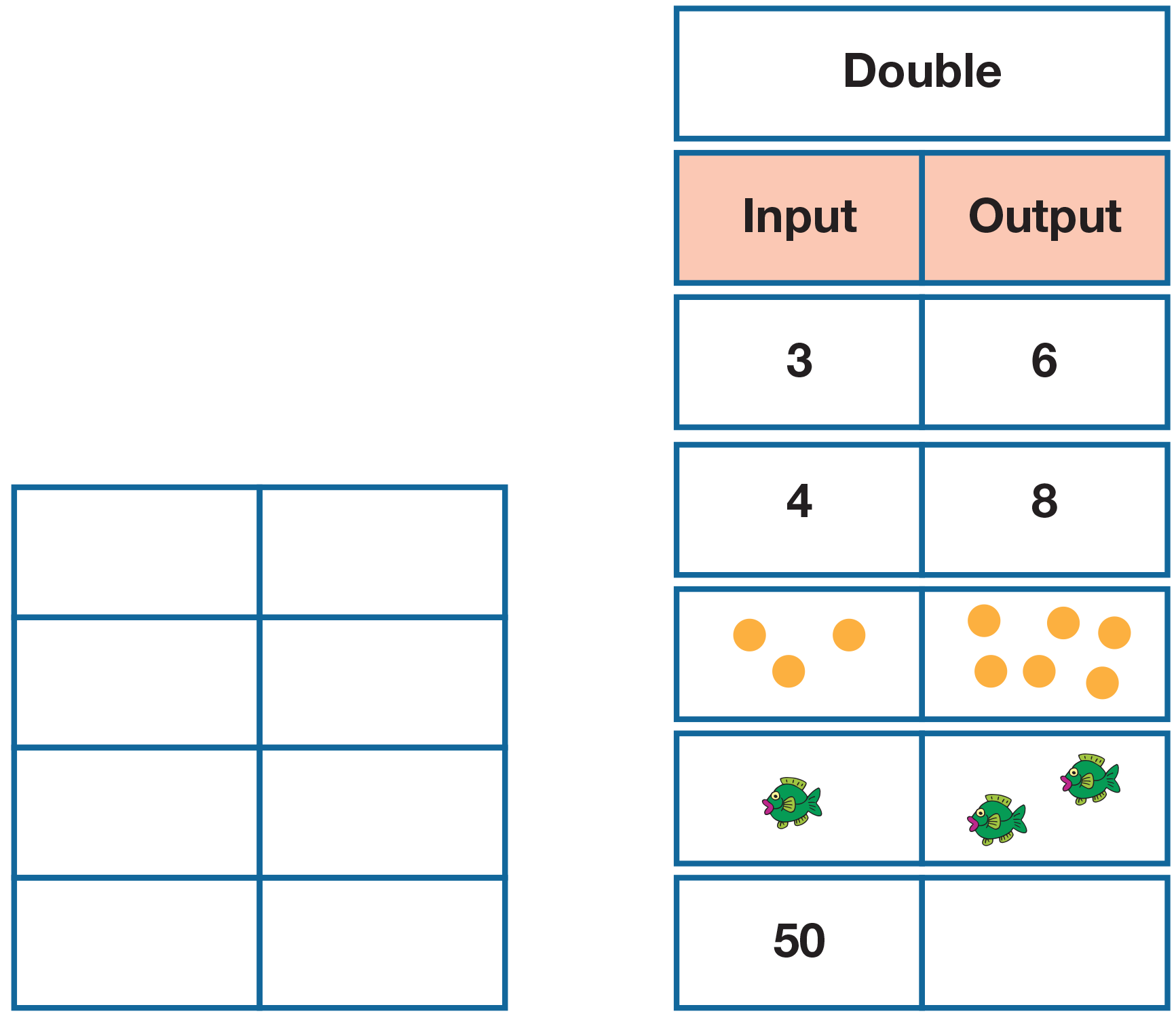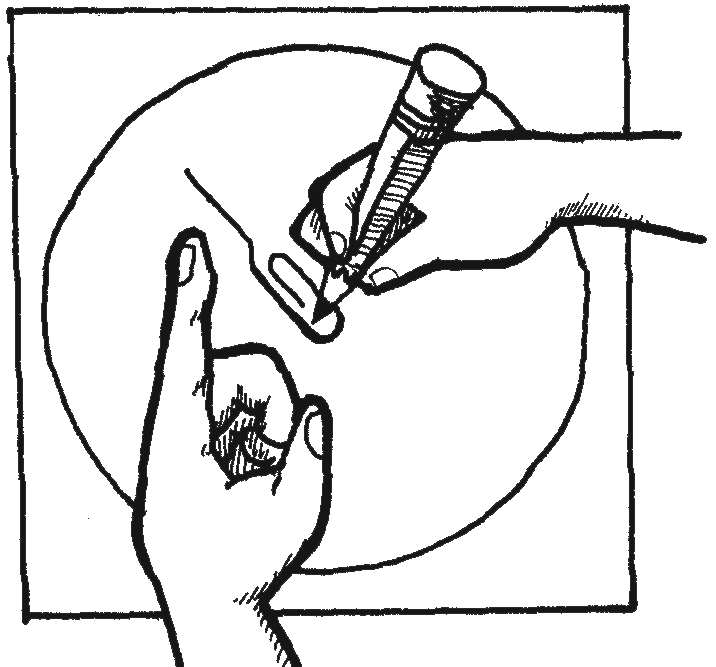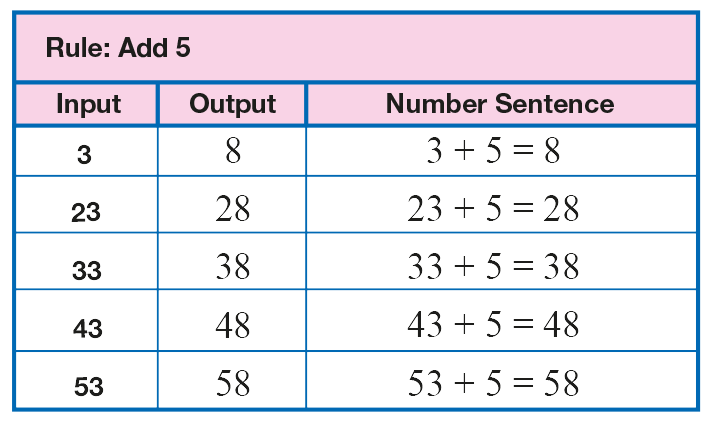|
|
Daily Practice and Problems |
Lesson |
Homework |
Assessment |
Student Book |
Student Activity Book |
|
|
|
|
Teacher Resources |
Teacher Guide - digital |
|
|
|
|
Supplies for Students
20 connecting cubes
scissors
envelope or small resealable bag
Supplies for Student Pairs
10 of the same color game markers for each player (connecting cubes, square tiles)
clear plastic spinner or pencil and paper clip
connecting cubes
Materials for the Teacher
Display set of Doubles and Near Doubles Ten Frames Cards Masters (Teacher Guide)
Display set of Doubles and Near Doubles Bump Game Board (Student Activity Book) Page 31
Display set of Doubles and Near Doubles Bump Spinners (Student Activity Book) Page 30
Unit 1 Assessment Record
Reasoning Strategy charts from Lesson 3
Two of Everything by Lily Toy Hong
60 connecting cubes. See Materials Preparation.
large pot or bag. See Materials Preparation.
white paper. See Materials Preparation.
markers or crayons
tape
10 of the same color game markers for each player (connecting cubes, square tiles)
clear plastic spinner or pencil and paper clip
chart paper
Materials Preparation
Prepare a Magic Pot. Find a large pot or bag. Place several cube trains in the pot to simulate doubling. For
example, place trains of 6 cubes, 8 cubes, 2 cubes, 10 cubes, and 12 cubes into the pot to show the double
of 3, 4, 1, 5, and 6 cubes.
Prepare Rule Machine Rows. Fold sheets of paper in half lengthwise and then fold the paper in half in the
other direction and in half again, so that each sheet of paper has 8 boxes. See Figure 1. Draw a line along the
middle fold. Cut apart the four rows. These will serve as rows of a rule machine. Make a few rows for each student.
Using a marker, write "Input" and "Output" on one of these rows and attach it to the board. Choose a different
input for each student. For example, use the numbers 2 – 20, 100; 30; 50; or draw simple pictures.
Record each different input on the left side of the row. Each student will need an input to double and an input
that will be doubled +1. You will also need a few blank rows for demonstration purposes. See Figure 2.

Figure 1: Paper folded into 8 boxes Figure 2: Example of a Doubles Rule Machine
Prepare Rows for Magic Pot. Use several of the rule machine rows to complete data for different rule
machines. These will be displayed during the lesson. See Figure 3.

Figure 3: Rule Machine rows to prepare
Prepare Doubles and Near Doubles Ten Frame Cards. Copy the Doubles and Near Doubles Ten Frames Cards
Masters onto card stock or heavy paper and cut them apart for each student. Place each set in an envelope or
resealable bag. You need a display set as well. Students will use these cards again in Lesson 9.
Spinners. If you do not have clear plastic spinners to place over the spinners page in the Doubles and Near Doubles Bump pages, students can use paper clips and pencils. Straighten out one end of the paper clip, and
place a pencil through the curved end. Then put the point of the pencil on the center of the spinner, and spin
the paper clip around the pencil, using the straightened end as the pointer. See Figure 4.

Figure 4: Using a paper clip and pencil as a spinner


















